Tareque Bashar Ovi
A Transfer-Learning Based Ensemble Architecture for ECG Signal Classification
Jun 21, 2022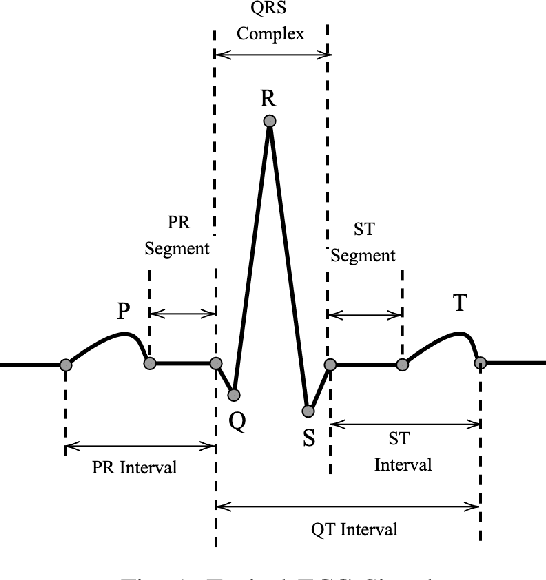
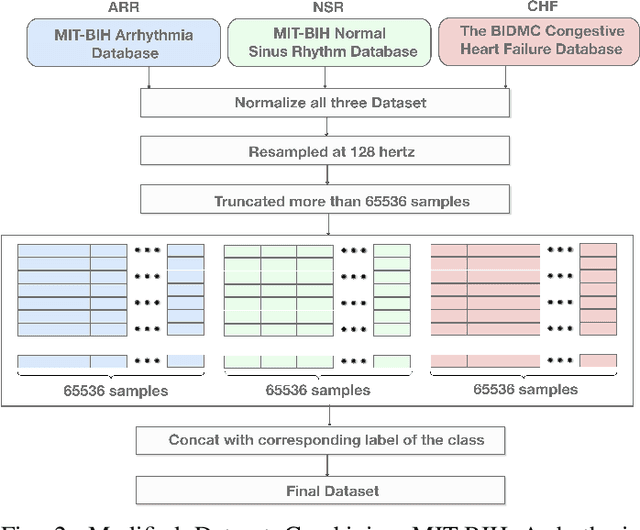
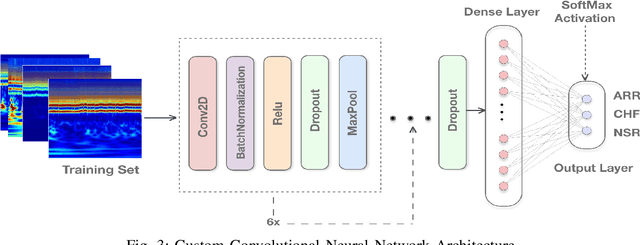
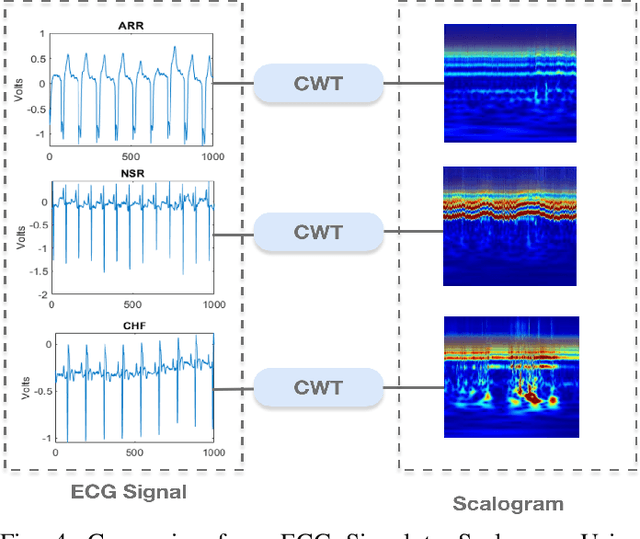
Abstract:Manual interpretation and classification of ECG signals lack both accuracy and reliability. These continuous time-series signals are more effective when represented as an image for CNN-based classification. A continuous Wavelet transform filter is used here to get corresponding images. In achieving the best result generic CNN architectures lack sufficient accuracy and also have a higher run-time. To address this issue, we propose an ensemble method of transfer learning-based models to classify ECG signals. In our work, two modified VGG-16 models and one InceptionResNetV2 model with added feature extracting layers and ImageNet weights are working as the backbone. After ensemble, we report an increase of 6.36% accuracy than previous MLP-based algorithms. After 5-fold cross-validation with the Physionet dataset, our model reaches an accuracy of 99.98%.
BLPnet: A new DNN model and Bengali OCR engine for Automatic License Plate Recognition
Feb 18, 2022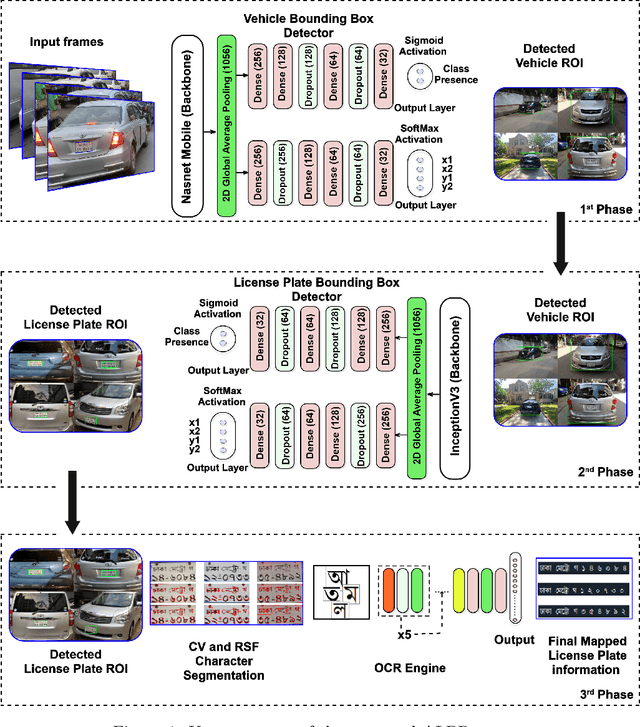
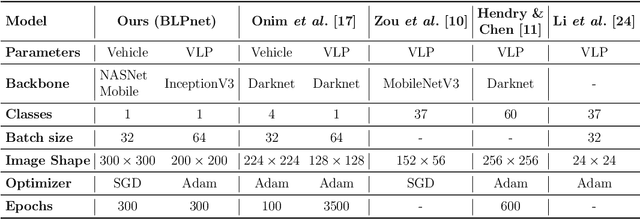
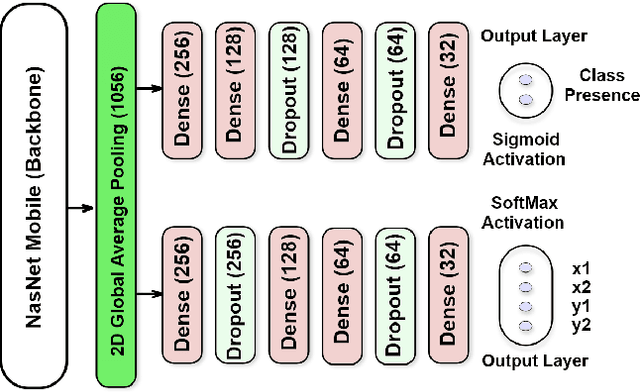
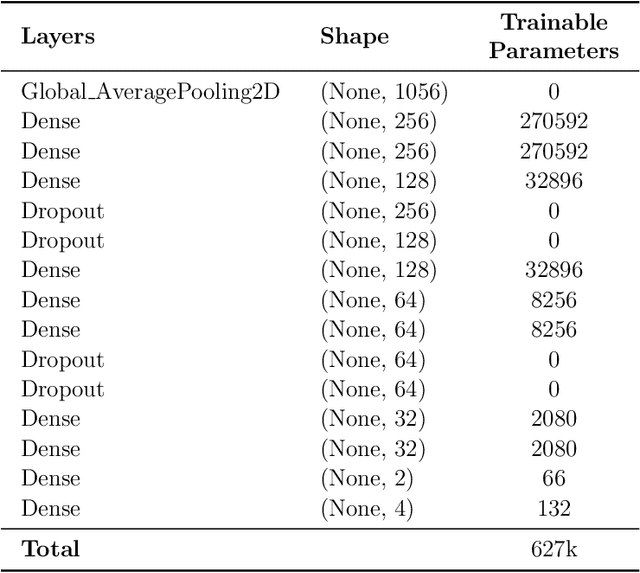
Abstract:The development of the Automatic License Plate Recognition (ALPR) system has received much attention for the English license plate. However, despite being the sixth largest population around the world, no significant progress can be tracked in the Bengali language countries or states for the ALPR system addressing their more alarming traffic management with inadequate road-safety measures. This paper reports a computationally efficient and reasonably accurate Automatic License Plate Recognition (ALPR) system for Bengali characters with a new end-to-end DNN model that we call Bengali License Plate Network(BLPnet). The cascaded architecture for detecting vehicle regions prior to vehicle license plate (VLP) in the model is proposed to eliminate false positives resulting in higher detection accuracy of VLP. Besides, a lower set of trainable parameters is considered for reducing the computational cost making the system faster and more compatible for a real-time application. With a Computational Neural Network (CNN)based new Bengali OCR engine and word-mapping process, the model is characters rotation invariant, and can readily extract, detect and output the complete license plate number of a vehicle. The model feeding with17 frames per second (fps) on real-time video footage can detect a vehicle with the Mean Squared Error (MSE) of 0.0152, and the mean license plate character recognition accuracy of 95%. While compared to the other models, an improvement of 5% and 20% were recorded for the BLPnetover the prominent YOLO-based ALPR model and the Tesseract model for the number-plate detection accuracy and time requirement, respectively.
 Add to Chrome
Add to Chrome Add to Firefox
Add to Firefox Add to Edge
Add to Edge